Focused on Industrial and Emergency Use
This model is not designed for novelty or basic interaction. Instead, it serves critical roles in industries where equipment must perform reliably in unpredictable conditions. Whether it’s navigating fire-damaged buildings or inspecting under-maintained tunnels, the LYNX M20 is purpose-built.
It carries sensors and cameras that provide real-time 3D mapping and environmental feedback. This information can be used on-site or shared with command teams to make quick, informed decisions.
Sensor Integration and Real-time Mapping
The LYNX M20 uses a range of sensing tools, including LiDAR, depth sensors, and multi-camera vision. All data is processed on the robot itself, enabling instant navigation adjustments without human input.
This kind of autonomy is key in industrial applications. The robot can work through blackout zones, operate at night, or carry out inspections in dangerous spaces without needing line-of-sight guidance.
Materials and Design
The external shell is built to withstand rough handling, heat, and moisture. It resists impact and vibration, making it suitable for construction, mining, or outdoor utility work. Its modular structure also allows for custom mounts or tools depending on the task.
By comparison, robots like the Unitree Go2 robot dog are better suited to indoor or demonstration-based activities. The LYNX M20, on the other hand, is designed for long hours in working environments that require more than casual mobility.
Applications in Real-World Scenarios
Emergency services are already testing the LYNX M20 for roles such as search-and-rescue and hazardous site exploration. In controlled trials, the robot has navigated smoke-filled rooms, narrow stairwells, and uneven terrain while scanning for objects and heat signatures.
Its adaptability allows operators to shift the unit from routine patrol to high-risk response without replacing the hardware only when the mission software changes. That makes it easier to integrate into existing emergency workflows.
Smarter Deployment Through Software
The onboard system includes real-time mapping tools and route planning. Operators can assign the robot to follow a specific path or scan a defined area while adjusting speed, posture, and camera angles.
The software also allows remote teams to monitor conditions and assess whether an area is safe for human entry. These features support better decision-making while reducing risk to workers.
Designed for Field Teams, Not Just Labs
Machines like the LYNX M20 support workers in energy, logistics, and emergency sectors by doing the difficult physical tasks and gathering high-quality data. They aren’t made for showrooms, they’re made for daily use in working conditions that shift constantly.
That’s the difference we focus on at ToborLife.ai. Our product catalog is built around real performance, not temporary appeal. If you need systems that hold up under pressure, you’ll find options backed by reliable engineering and field data.
Final Thoughts
If your organization is looking to improve safety, coverage, or operational support with reliable machines, we invite you to explore our catalog. Whether you’re interested in multi-role units or rugged terrain bots, you’ll find tools made to perform.
Visit Toborlife.ai to shop high-quality inspection, mobility, and support robots backed by tested results.

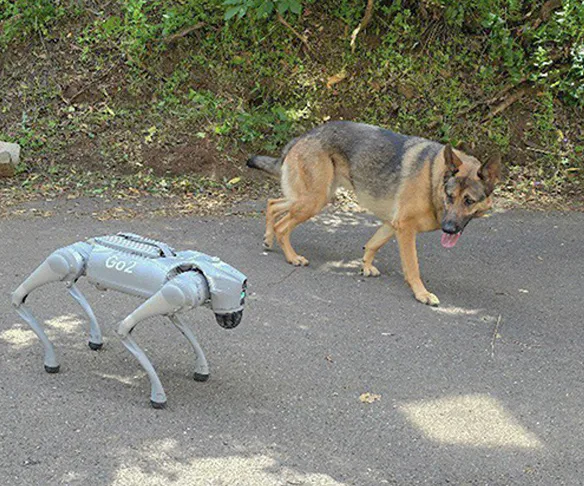
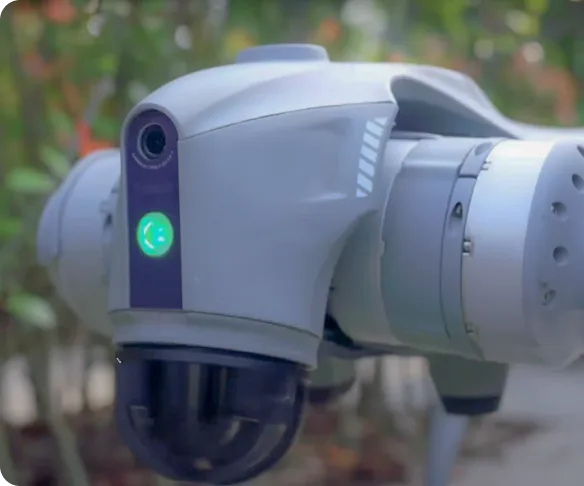
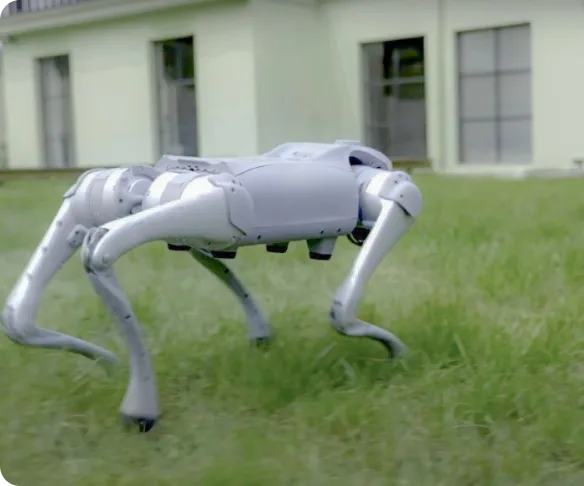
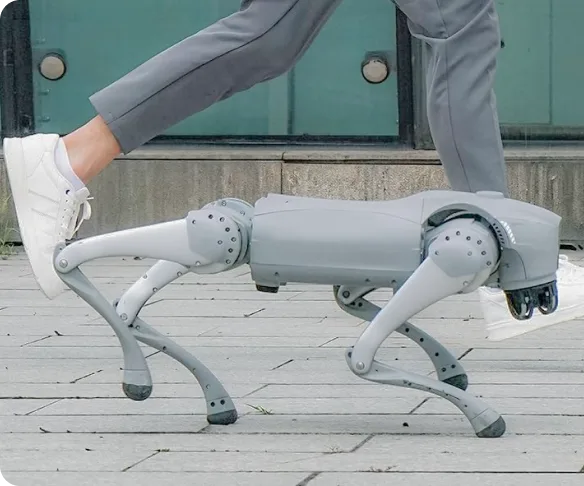

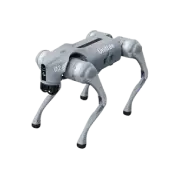
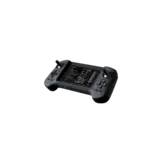
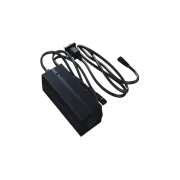
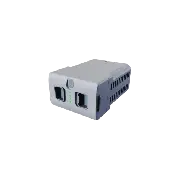
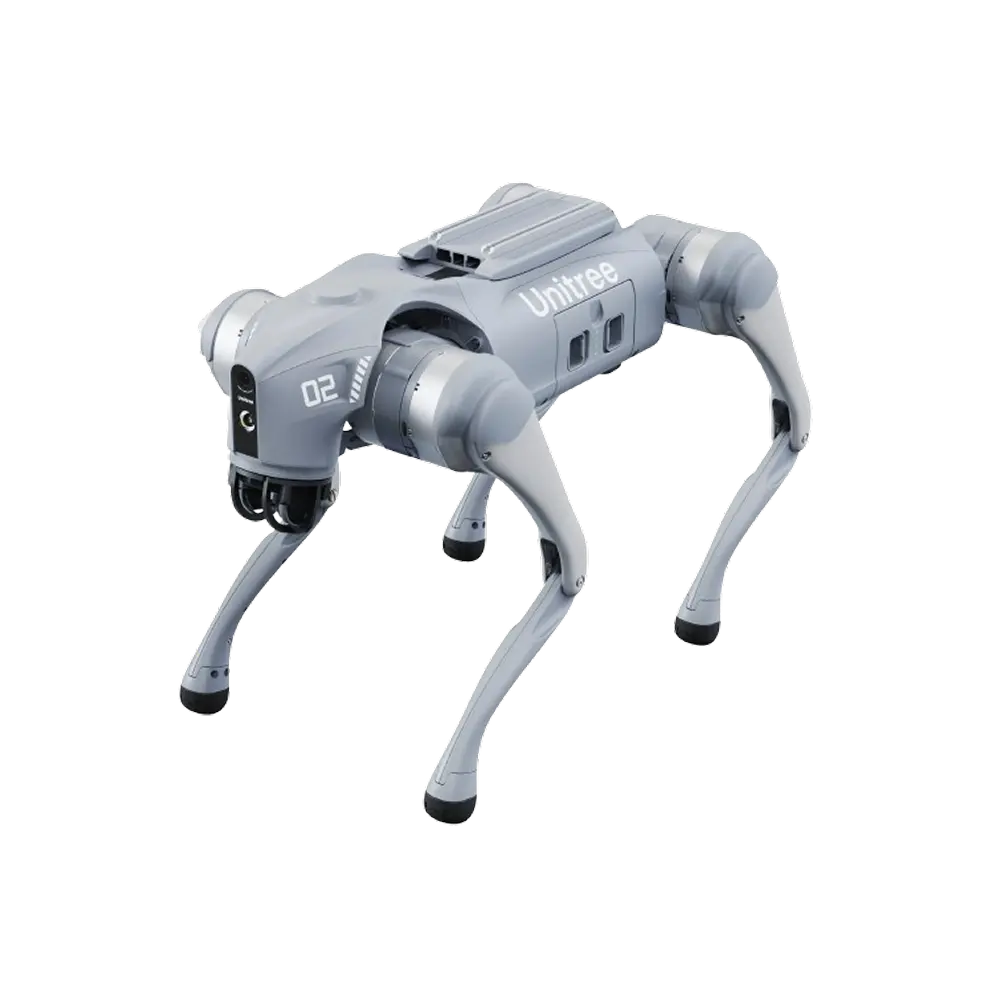
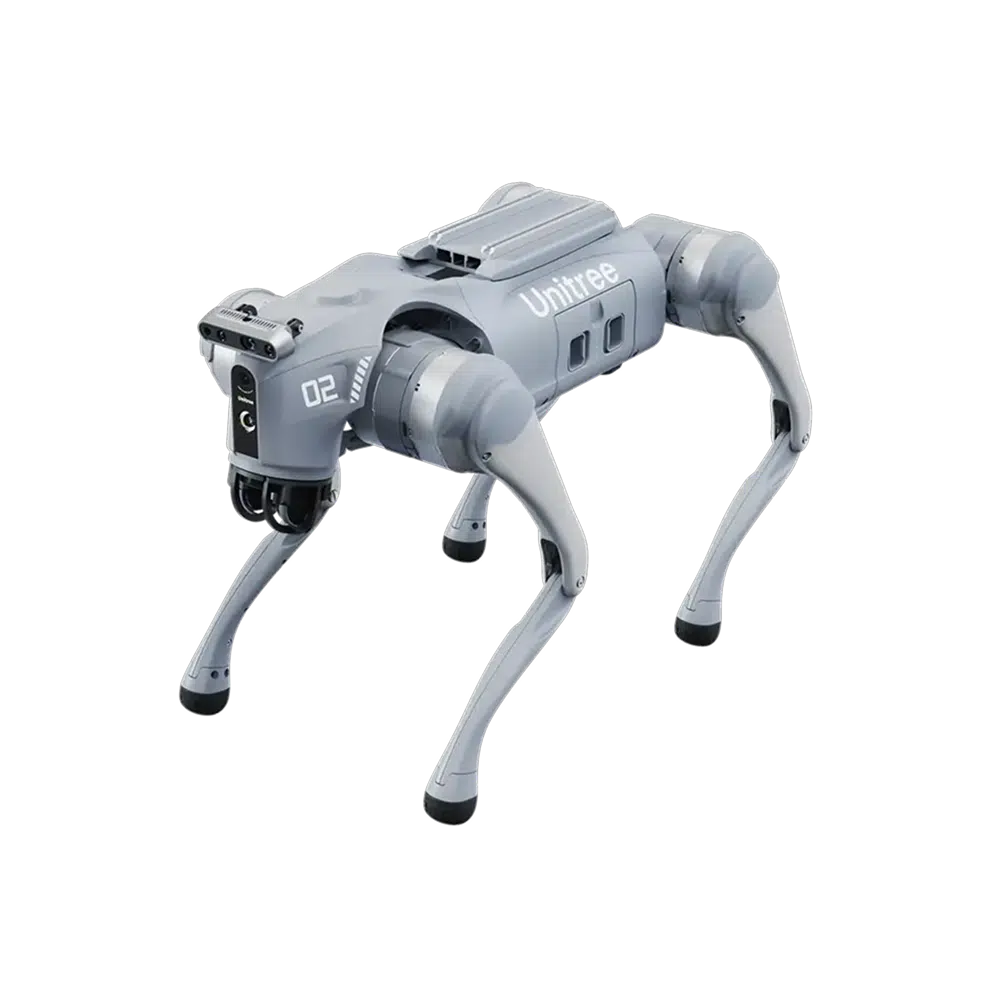
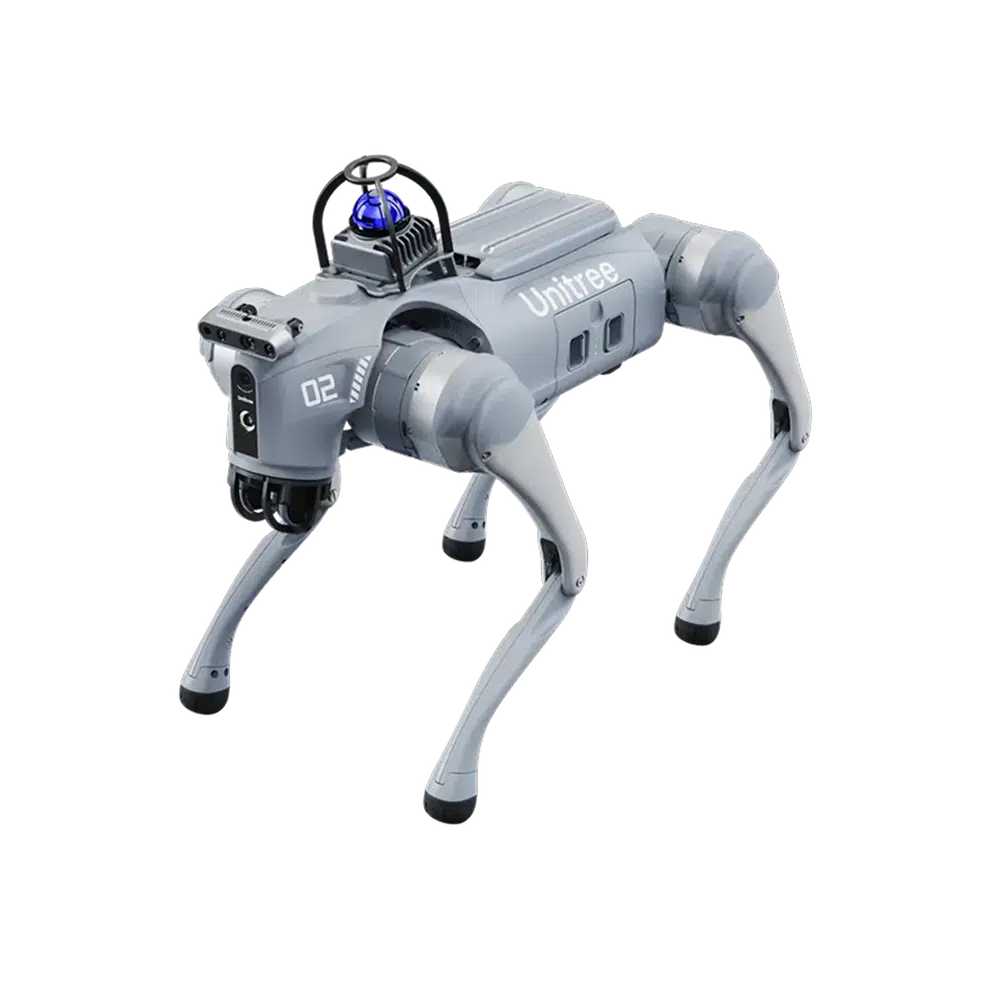
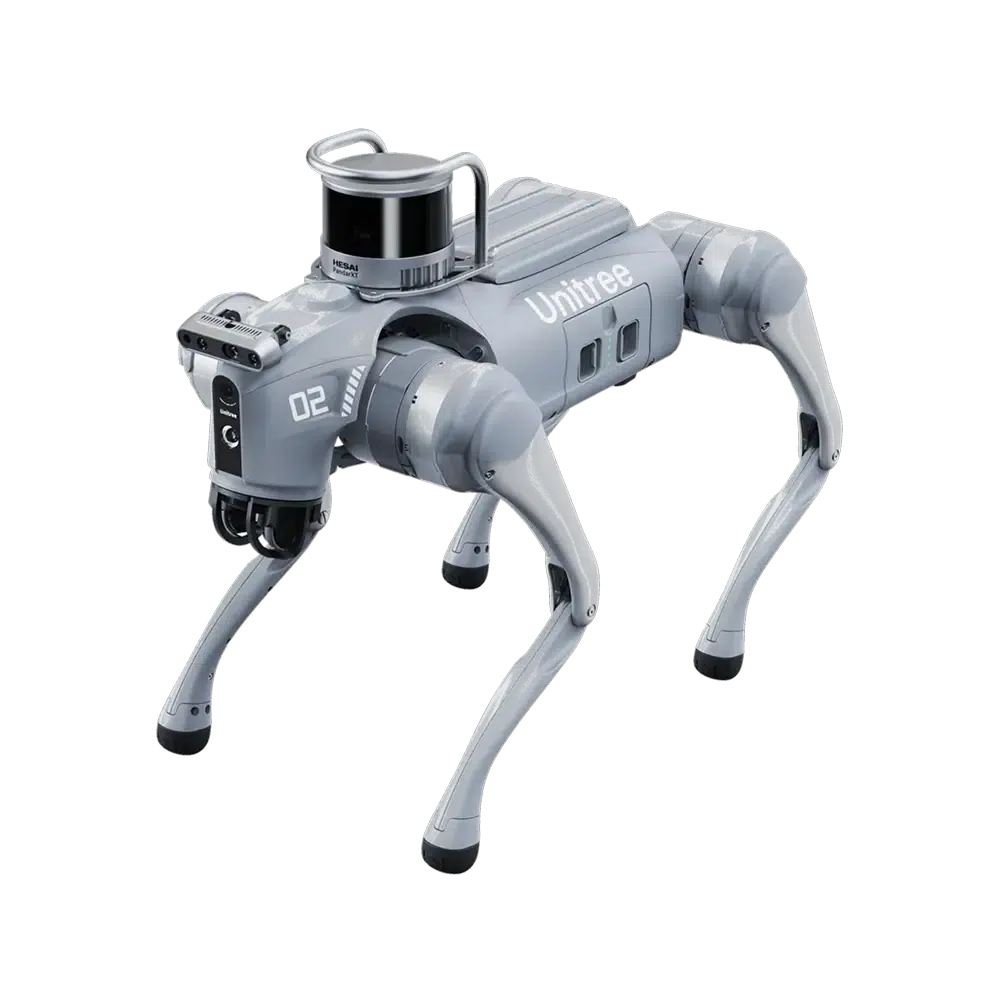
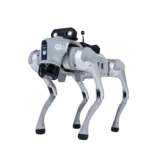










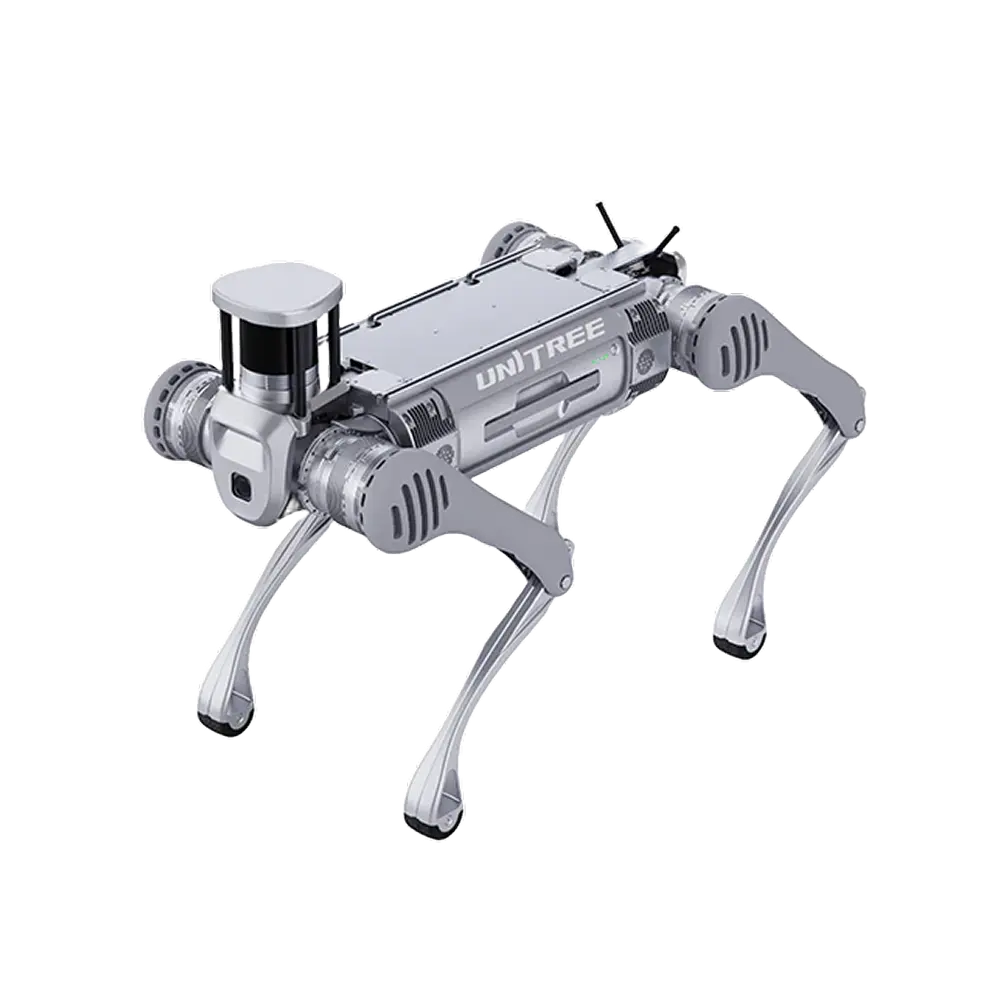
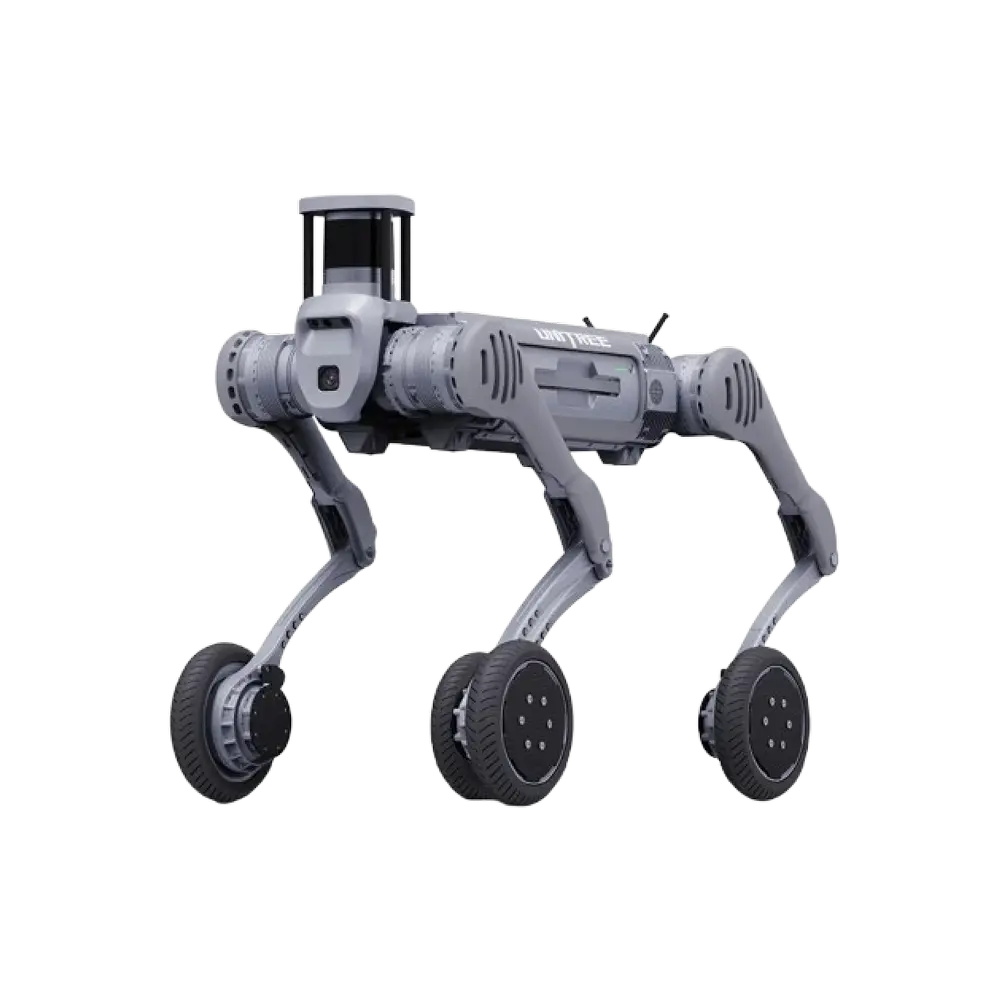
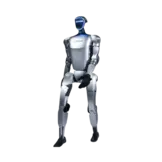
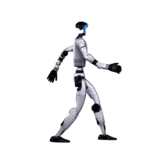
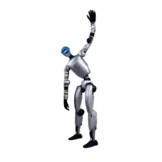
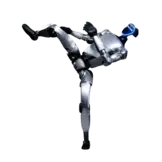

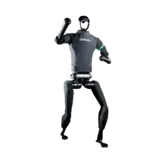
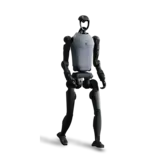

Comments are closed for this post.